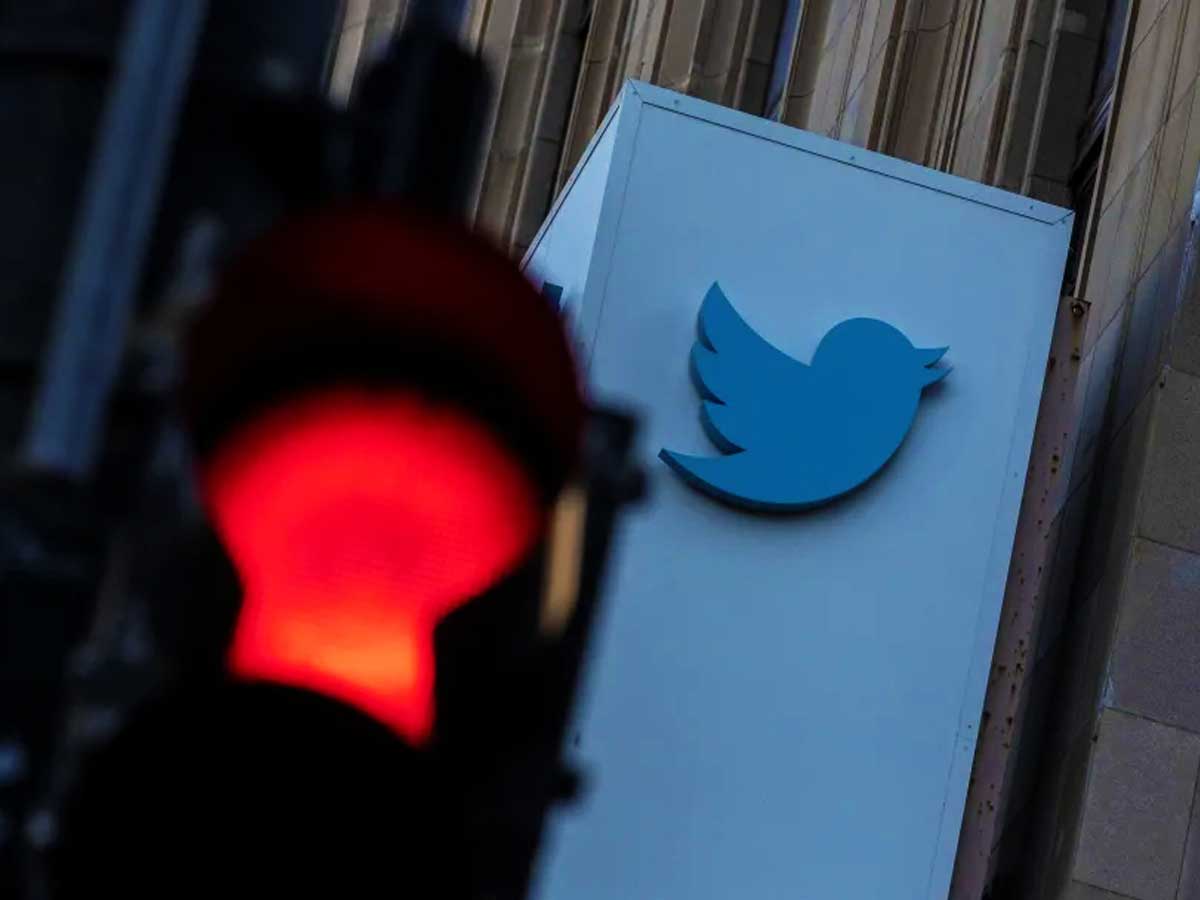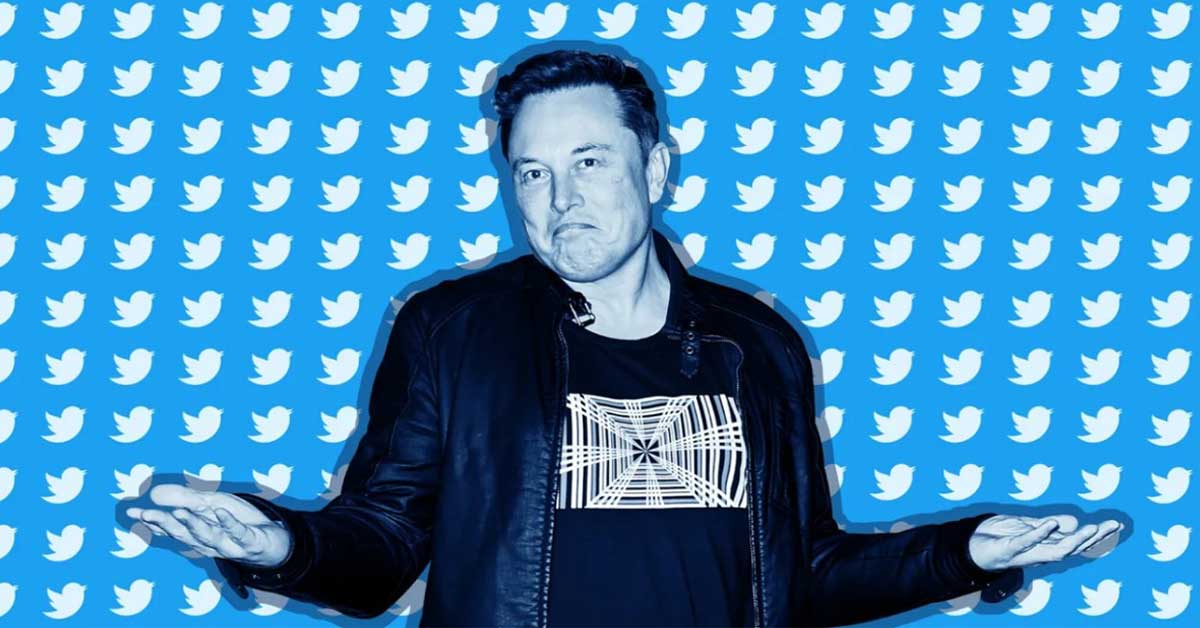In a move that has garnered significant attention, Twitter has recently imposed strict limitations on the number of tweets users can view per day. These limitations, announced by Elon Musk, have sparked debates about the impact on user experience, the motives behind such measures, and the potential consequences for the social media platform.
Elon Musk, the prominent figure at the helm of Twitter, revealed that unverified accounts are now restricted to reading 600 posts per day, while new accounts face an even stricter limit of 300 tweets daily.
Verified accounts, however, enjoy a significantly higher threshold, allowing them to access up to 6,000 posts each day. These limitations mean that for the average user, spending more than a minute or two on Twitter without a subscription to Twitter Blue may result in encountering a discouraging "rate limit exceeded" error.

In response to the backlash from users affected by the restrictions, Elon Musk assured that the limits would soon be eased. According to Musk, verified accounts can expect an increase to 8,000 posts per day, while non-Twitter Blue users will see their limit raised to 800.
These proposed changes aim to address the concerns raised by users and strike a balance between accessibility and the need to mitigate certain challenges faced by the platform.
Musk explained that the implementation of these "temporary" limitations was driven by the need to tackle two primary issues: extreme levels of data scraping and system manipulation. Twitter had observed numerous organizations, possibly numbering in the hundreds, aggressively scraping data from the platform.
To address extreme levels of data scraping & system manipulation, we’ve applied the following temporary limits:
— Elon Musk (@elonmusk) July 1, 2023
- Verified accounts are limited to reading 6000 posts/day
- Unverified accounts to 600 posts/day
- New unverified accounts to 300/day
This data scraping activity, which includes AI startups leveraging Twitter for training their models, had reached such proportions that it began adversely impacting the user experience. Musk expressed his frustration, citing the necessity of deploying additional servers on an emergency basis to accommodate the data scraping activities and enable the valuation of AI startups.
Prior to the limitations on tweet viewing, Twitter had taken measures to prevent non-logged-in users from accessing tweets altogether. This decision was also a response to the issues of data scraping and manipulation faced by the platform. By restricting access to tweets only to logged-in users, Twitter aimed to curtail unauthorized scraping attempts and protect user data from potential misuse.
While Elon Musk provided extensive details about the limitations, certain ambiguities still linger. The term "new" accounts remain open to interpretation, leaving users uncertain about the exact criteria and parameters defining this category.
Additionally, the duration of the restrictions remains unspecified, leaving users in the dark about how long they will be subjected to these limitations. Moreover, it remains unclear whether viewing ads on Twitter counts towards a user's view limit, which further adds to the confusion surrounding the current restrictions.
These limitations have significantly impacted the usability of Twitter for its vast user base. Users now face challenges when trying to verify the authenticity of screenshots depicting tweets, as the restrictions curtail their ability to access a sufficient number of posts.
The limitations undermine the ease of use and freedom that users previously enjoyed on the platform, potentially eroding user satisfaction and engagement.
Critics have raised concerns that these limitations are driven by Twitter's efforts to extract maximum monetary value from its user base. The company's introduction of API changes in March, which could result in substantial costs for organizations relying on Twitter's data, has already sparked debates about Twitter's intentions.
Despite the subsequent introduction of Twitter Blue, a paid subscription service, the company has witnessed a decline in advertising revenue since Elon Musk assumed a prominent role within the organization. By limiting the number of tweets and ads users can see, Twitter risks further dissatisfaction among its remaining clients.
As Twitter strives to strike a delicate balance between user satisfaction and revenue generation, the consequences of these limitations on the future trajectory of the platform remain to be seen.
Sources: engadget.com












